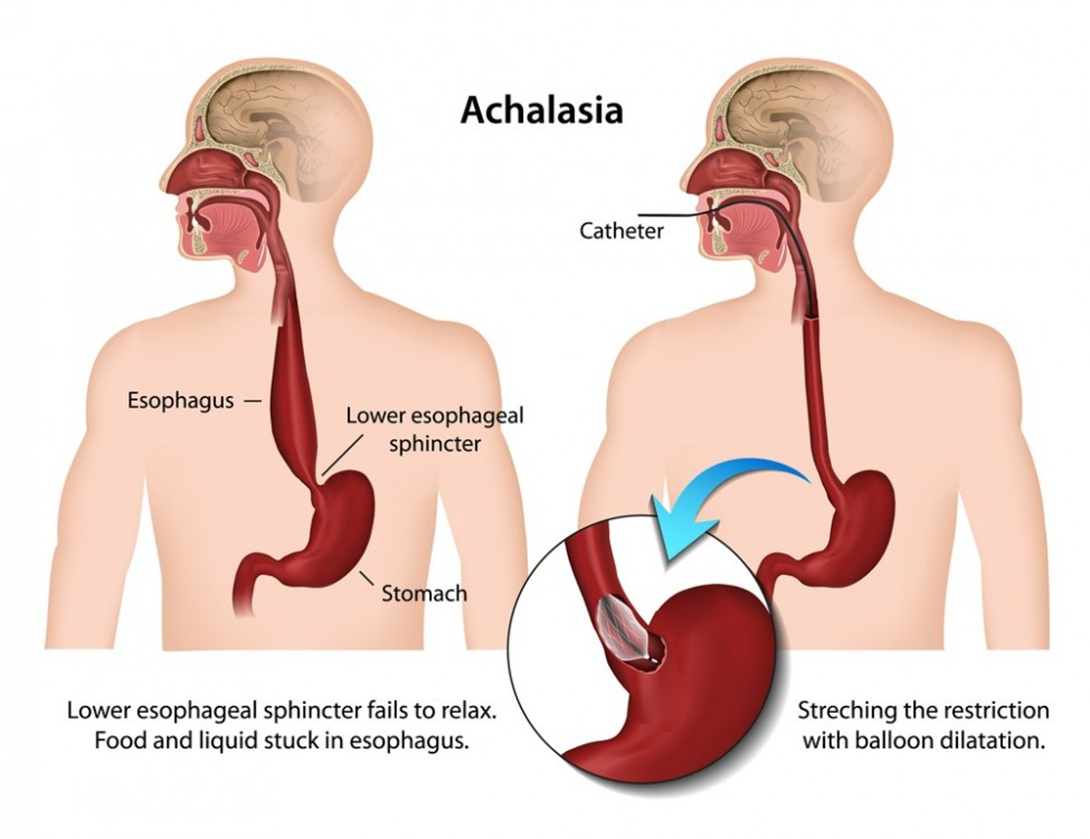A nurse is teaching a group of young adult clients about risk factors for hearing loss. Which of the following factors should the nurse include in the teaching? (Select all that apply.)
Frequent exposure to low-volume noise
Chronic infections of the middle ear
Perforation of the eardrum
Born with a high birth weight
Use of a loop diuretic
Correct Answer : B,C,E
Choice A reason:Frequent exposure to low-volume noise is not typically a risk factor for hearing loss. Hearing loss is more commonly associated with prolonged exposure to high-volume noise, which can damage the delicate structures within the ear.
Choice B reason: Chronic infections of the middle ear, such as chronic otitis media, can lead to hearing loss. These infections can cause persistent inflammation and fluid buildup, which may damage the middle ear structures over time, leading to conductive hearing loss.
Choice C reason: Perforation of the eardrum, or a ruptured eardrum, can result in hearing loss. The eardrum is essential for the proper conduction of sound waves to the inner ear. A perforation disrupts this process and can reduce hearing ability until the eardrum heals or is surgically repaired.
Choice D reason: Being born with a high birth weight is not a known risk factor for hearing loss. Hearing loss at birth is more commonly associated with genetic factors, prenatal and perinatal infections, and complications during birth.
Choice E reason: The use of a loop diuretic can be a risk factor for hearing loss. These medications can have ototoxic effects, especially when administered in high doses or with rapid intravenous infusion, potentially leading to temporary or permanent hearing loss.
Nursing Test Bank
Naxlex Comprehensive Predictor Exams
Related Questions
Correct Answer is D
Explanation
Choice A reason: While it is generally advised to avoid taking blood pressure readings from an arm with a PICC line to prevent complications, if the right arm cannot be used, as may be the case with the other clients listed, the nurse may have to use the left arm with extreme caution, ensuring not to disrupt the PICC line.
Choice B reason: Bell's palsy affects facial nerves and does not typically impact the measurement of blood pressure. Therefore, there is no contraindication to using the left arm for a blood pressure reading in a client with left-sided Bell's palsy.
Choice C reason: A client with right-sided weakness due to Parkinson's disease can have their blood pressure taken on the left side if the right side is too weak to provide an accurate reading or if using the right side would cause discomfort to the client.
Choice D reason: For a client with a right upper extremity arteriovenous fistula, typically created for dialysis access, blood pressure measurements should not be taken on that arm to avoid damaging the fistula. Therefore, the left arm should be used for blood pressure readings in this case.
Correct Answer is A
Explanation
Choice A reason: Asking if the client feels like they have food stuck at the base of their throat is a pertinent question for assessing swallowing in a client with oral achalasia. Achalasia is characterized by difficulty in swallowing due to the inability of the lower esophageal sphincter to relax, leading to a sensation of food being stuck.
Choice B reason: While burning sensations in the throat can be associated with gastroesophageal reflux disease (GERD), they are not specific to achalasia. However, some clients with achalasia may experience similar symptoms due to food stasis and fermentation in the esophagus.
Choice C reason: Feelings of fullness in the neck are not a typical symptom of achalasia. Achalasia primarily affects the esophagus and does not usually cause a sensation of fullness in the neck.
Choice D reason: Pain while swallowing, or odynophagia, can occur in achalasia but is more commonly associated with conditions that cause inflammation or irritation of the esophagus, such as infections or ingestion of irritants.

Whether you are a student looking to ace your exams or a practicing nurse seeking to enhance your expertise , our nursing education contents will empower you with the confidence and competence to make a difference in the lives of patients and become a respected leader in the healthcare field.
Visit Naxlex, invest in your future and unlock endless possibilities with our unparalleled nursing education contents today
Report Wrong Answer on the Current Question
Do you disagree with the answer? If yes, what is your expected answer? Explain.
Kindly be descriptive with the issue you are facing.
